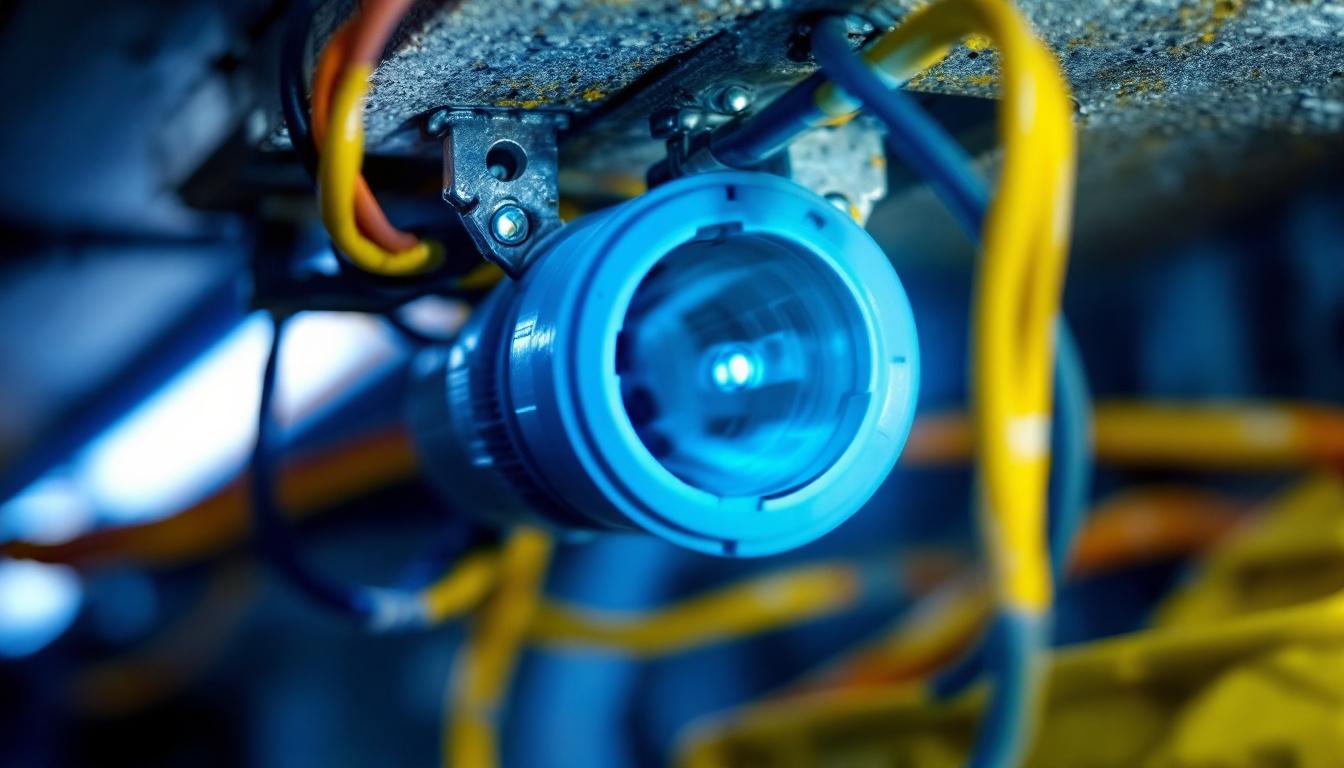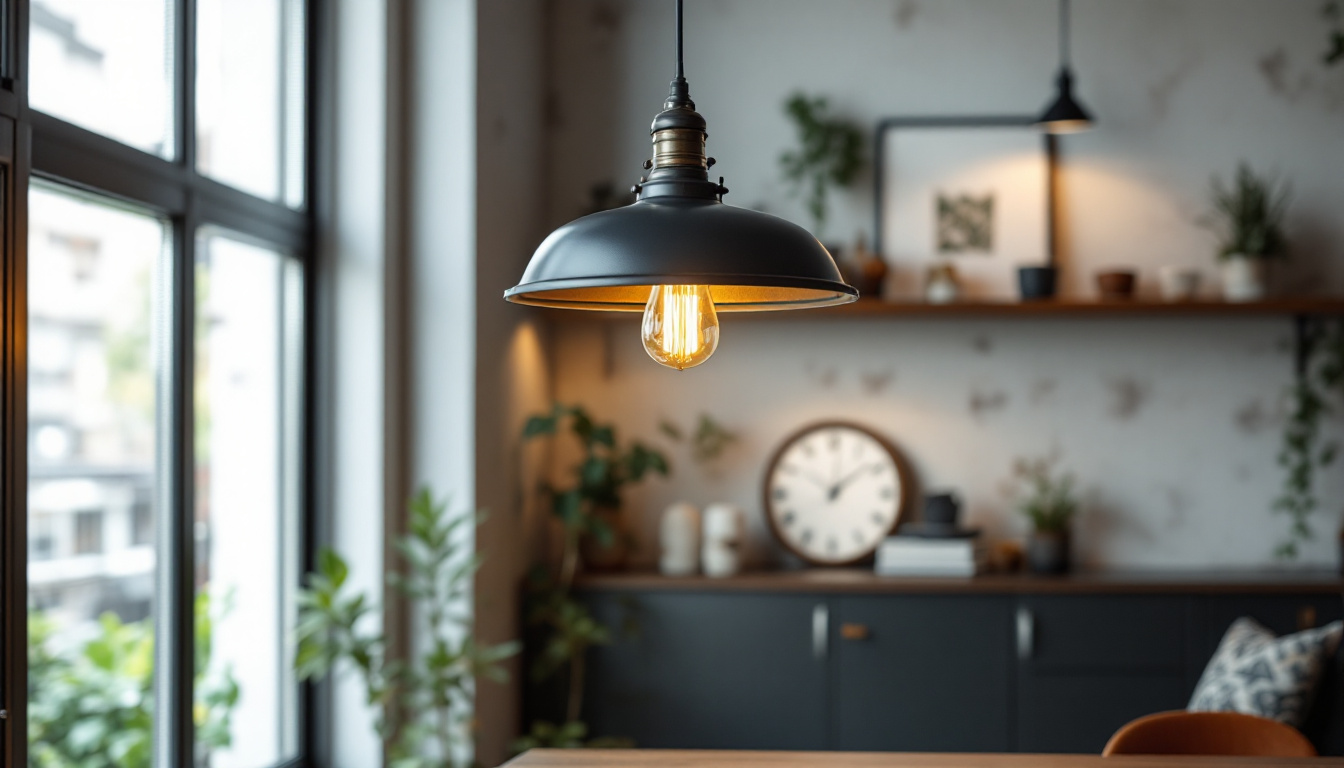
Fluorescent lamps have long been a staple in both commercial and residential lighting applications. While their energy efficiency and longevity make them a popular choice, the sockets that hold these lamps are often overlooked. For lighting contractors, understanding the common mistakes associated with fluorescent lamp sockets can lead to improved installation practices and enhanced customer satisfaction. This article delves into some of the most frequent errors made by lighting contractors, providing insights and tips for avoiding them.
Before diving into the common mistakes, it is essential to understand the role of fluorescent lamp sockets. These components are critical for ensuring that the lamp operates correctly and safely. They provide electrical connections and support the lamp physically. There are various types of sockets, including bi-pin, medium, and recessed types, each suited for specific lamp designs. The choice of socket not only affects the functionality of the lamp but also its longevity and efficiency, making it a vital consideration in any lighting setup.
Fluorescent lamp sockets come in several varieties, each designed for different applications. The most common types include:
Understanding these types is crucial for selecting the right socket for the job, as using the wrong type can lead to various issues, including poor performance and safety hazards. Additionally, it is important to consider the wattage and voltage specifications of the fluorescent lamps being used, as mismatched sockets can result in flickering lights or even electrical failures. For instance, bi-pin sockets are generally rated for lower wattages, while medium sockets can handle more powerful lamps, making their compatibility with the lamp’s specifications a key factor in ensuring optimal performance.
Furthermore, the installation environment plays a significant role in the choice of socket. For example, in commercial settings where lamps are frequently replaced, a socket that allows for easy access and quick lamp changes can save time and reduce maintenance costs. In contrast, residential applications may prioritize aesthetics, leading to a preference for recessed sockets that blend seamlessly with the ceiling. Understanding these nuances not only enhances the effectiveness of the lighting solution but also contributes to a safer and more visually appealing environment.
Lighting contractors often encounter several pitfalls during the installation of fluorescent lamp sockets. Recognizing these mistakes can help prevent costly rework and enhance the overall quality of the installation.
One of the most common mistakes involves selecting the wrong type of socket for the fluorescent lamp being used. Each lamp type has specific requirements, and using an incompatible socket can lead to malfunction or even damage to the lamp. For example, using a bi-pin socket for a medium base lamp will not only result in a poor fit but could also create electrical hazards.
It is essential to verify the lamp specifications before purchasing sockets. This includes checking the wattage, size, and type of lamp to ensure compatibility. Additionally, consulting the manufacturer’s guidelines can provide valuable insights into the appropriate socket selection.
Wiring mistakes can significantly impact the performance of fluorescent lamps. Common errors include reversed polarity, loose connections, and inadequate grounding. Reversed polarity can lead to flickering lights, while loose connections may cause intermittent failures or even electrical shorts.
To avoid these issues, contractors should double-check all wiring connections during installation. Using a multimeter to test for continuity and proper voltage can help ensure that the wiring is correct before powering on the fixture. Furthermore, adhering to local electrical codes and regulations is essential for maintaining safety standards.
Another common oversight is the lack of maintenance for fluorescent lamp sockets. Over time, dust and debris can accumulate, leading to poor electrical connections and reduced lamp performance. Additionally, corrosion can occur, especially in environments with high humidity or exposure to chemicals.
Regular maintenance checks should be part of the installation process. Cleaning sockets and checking for signs of wear or damage can prolong the life of both the socket and the lamp. Implementing a routine maintenance schedule can help contractors stay ahead of potential issues, ensuring optimal performance for their clients.
Safety should always be a top priority when working with electrical components. Fluorescent lamp sockets are no exception, and there are several safety considerations that lighting contractors must keep in mind during installation and maintenance.
Each fluorescent lamp socket comes with specific electrical ratings, including voltage and wattage limits. Exceeding these ratings can lead to overheating, potential fire hazards, and equipment failure. It is crucial for contractors to familiarize themselves with these ratings and ensure that the chosen socket is suitable for the intended application.
Contractors should also be aware of the environment in which the sockets will be installed. For example, sockets used in damp locations require special ratings to prevent moisture-related issues. Understanding these specifications can help mitigate risks and enhance safety.
Using the correct tools during installation is vital for ensuring safety and efficiency. Contractors should invest in quality tools designed for electrical work, including wire strippers, screwdrivers, and multimeters. Using improper tools can lead to accidents, damaged components, or subpar installations.
Additionally, following proper safety protocols, such as wearing personal protective equipment (PPE) and de-energizing circuits before working on fixtures, can further enhance safety during the installation process.
Ongoing training and certification are essential for lighting contractors to stay updated on the latest technologies and safety practices. Many organizations offer training programs that cover electrical safety, installation techniques, and product knowledge.
Investing in education not only enhances the contractor’s skill set but also builds trust with clients. A well-trained contractor is better equipped to handle unforeseen challenges and provide high-quality service, ultimately leading to satisfied customers and repeat business.
In addition to installation mistakes, several misconceptions about fluorescent lamp sockets can lead to poor decision-making among lighting contractors. Addressing these misconceptions can improve overall understanding and application in the field.
One prevalent misconception is that fluorescent lamps are outdated and have been completely replaced by LED technology. While it is true that LED lighting has gained popularity due to its efficiency and versatility, fluorescent lamps are still widely used in various applications. Many contractors continue to install fluorescent fixtures, particularly in commercial settings where cost-effectiveness is a priority.
Understanding the advantages and limitations of both fluorescent and LED technologies can help contractors make informed decisions when discussing options with clients. Each type of lighting has its place, and knowing when to recommend fluorescent lamps can be beneficial.
Another common myth is that all fluorescent lamp sockets are interchangeable. This misconception can lead to significant issues during installation. As previously mentioned, different lamp types require specific socket designs, and using the wrong socket can result in poor performance or safety hazards.
Contractors should take the time to educate themselves about the various socket types and their applications. This knowledge not only aids in proper installation but also enhances the contractor’s credibility with clients.
Many contractors believe that disposing of fluorescent lamps is a complicated process due to their mercury content. While it is true that fluorescent lamps must be disposed of properly to prevent environmental contamination, many localities offer recycling programs and facilities that simplify the process.
Educating clients about proper disposal methods can enhance the contractor’s reputation as a responsible professional. Providing information on local recycling options can also serve as an added value to the service offered.
To avoid common mistakes and enhance the overall quality of fluorescent lamp installations, contractors should adhere to best practices that promote efficiency and safety.
Before beginning any installation, thorough planning is essential. This includes assessing the project site, understanding client needs, and preparing a detailed installation plan. Taking the time to plan can help identify potential challenges and streamline the installation process.
Additionally, gathering all necessary tools and materials before starting the job can prevent delays and ensure a smooth workflow. A well-prepared contractor is more likely to deliver high-quality results.
Maintaining accurate documentation of installations can provide valuable insights for future projects. This includes keeping records of socket types used, wiring diagrams, and maintenance schedules. Documentation can also serve as a reference for troubleshooting issues that may arise later.
Furthermore, documenting client interactions and preferences can enhance customer service and foster long-term relationships. Clients appreciate contractors who take the time to understand their needs and maintain clear communication.
The lighting industry is constantly evolving, with new technologies and standards emerging regularly. Staying updated on these trends can help contractors remain competitive and provide the best solutions for their clients.
Participating in industry seminars, webinars, and trade shows can offer valuable insights into new products and installation techniques. Networking with other professionals can also lead to collaborations and knowledge sharing, further enhancing the contractor’s expertise.
Fluorescent lamp sockets play a crucial role in the successful operation of fluorescent lighting systems. By understanding and addressing common mistakes, lighting contractors can improve their installation practices and ensure customer satisfaction. From selecting the right socket to adhering to safety standards, attention to detail is paramount in delivering high-quality results.
By implementing best practices, staying informed about industry trends, and maintaining a commitment to safety and quality, contractors can enhance their reputation and thrive in a competitive market. Ultimately, the goal is to provide clients with reliable, efficient, and aesthetically pleasing lighting solutions that meet their needs.
Don’t let common mistakes in fluorescent lamp socket installations compromise your projects. At LumenWholesale, we provide lighting contractors with the high-quality, spec-grade lighting products you need to ensure every job is a success. With our competitive wholesale prices and commitment to cutting out the middleman, you can trust that you’re getting the best value for your investment. Our extensive selection is designed to meet the highest industry standards, so you can deliver reliable and high-performance lighting solutions to your clients. Plus, with the convenience of free shipping on bulk orders, you can stock up on premium lighting without worrying about hidden fees. Elevate your lighting installations and enhance your reputation by choosing Wholesale Lighting at the Best Value with LumenWholesale.

Discover how Type G bulbs give lighting contractors a competitive edge with superior efficiency, durability, and cost savings—boost your projects today!.

Discover the common pitfalls lighting contractors face when replacing fluorescent bulbs with LEDs.

Discover how Commercial Electric LED lights revolutionize safety in lighting installations.

Discover the allure of industrial hanging lamps with our comprehensive guide.